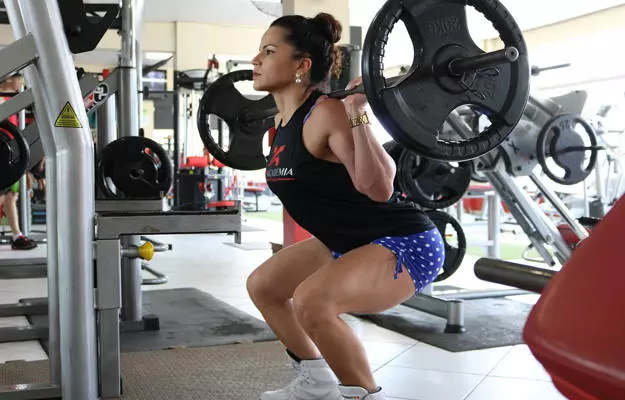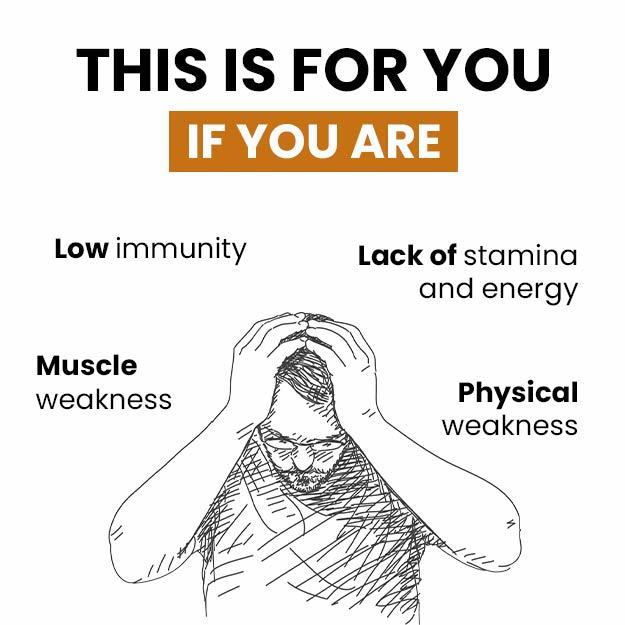A weight training exercise routine, much like any other fitness routine, can be split over five to six days, depending on your frequency, workload and fitness goals. One can train individual body parts on each day, or combine two or three different parts of the body on the same day if you prefer to train three to four days in a week.
Combinations are based on the movements, for instance chest, shoulders and tricep workouts can be done in a single day, or split between the chest and triceps in a day as they involve pushing movements. Back and bicep workouts can be combined in a single day as they involve pulling movements, while legs as well as the abs or stomach exercises can be done on the other days of the week.
You may need various equipment and space to perform each exercise, hence choose the exercises according to the availability of equipment and the particular exercise you are going to perform.
Chest exercises
It is the most significant muscle group of the upper body. People tend to begin their exercise routine of the week by training their chest muscles on the first day of the week. While there are several exercises that can be performed to train the chest muscles, here is a selection of five of them to give you an idea:
- Push-ups: A simple bodyweight exercise that is extremely useful even as a warm-up exercise.
- Bench press: The standard chest exercise that can be performed on a flat, incline or decline bench.
- Chest fly: Opening and closing the arms above the chest makes for an intense exercise which can be either performed on a machine or with free weights like dumbbells.
- Cable crossover: A unique exercise that requires an elaborate machine that requires you to bring cables from both sides across your chest simultaneously.
- Pull-over: Laying across a flat bench and bringing a heavy weight up to the chest from the ground level makes for another intense chest exercise.
Back
The back consists of multiple muscles ranging from just below to shoulders all the way down to the hips. Training these muscles can be a tough task for anyone, but with the right technique and exercise you may see positive results.
- Pull-ups: Another superb bodyweight exercise that engages the back muscles as you pull your entire bodyweight clean off the floor.
- One-arm row: The single-arm movement helps build the muscles in the upper back that flank the spine from both sides.
- Lat pulldown: Pulling a wide bar down against resistance in the machine is another superb exercise for the upper back muscles.
- Reverse fly: Sitting on the chest fly machine in the reverse position and performing the same movement backwards helps in contracting the muscles in the back.
- Hyperextension: Can be done yoga style by pressing your upper body upwards while your lower body is on the floor, or anchoring the lower body on a roman chair, another name for the hyperextension machine, and lifting the upper body with or without weights in your hands.
Shoulders
Different bodies react to exercise differently. It requires a lot of dedication and patience to train different parts of the body. Our shoulders contain vital muscles that help during several movements involving the arms, back or even the chest.
- Shoulder press: Lifting weights directly above your shoulders makes it a tough exercise, whether you're standing up or are seated.
- Lateral raises: Lifting weights towards the front or sides of the body without bending the elbows makes for another intense workout.
- Upright row: Attacking the muscles behind your neck that help the shoulders rotate and move, this is a movement unique to shoulder day.
- Shrugs: Yes, it is exactly what it sounds like, but performed with the help of weights.
- Arnold press: The same shoulder press but performed with a twist from the Terminator himself, the Arnold press requires you to twist the wrists while pushing the weight up overhead.
Biceps
Biceps are the muscles you feel in the upper arms when you close your elbow. To train this part you may not need huge machines but it requires a lot of upper body strength to lift weights.
- Standing dumbbell curl: One of the standard bicep movements is the dumbbell curl performed while standing up, either alternatively or together.
- Hammer curls: Instead of keeping the hands faced up, the palms are facing each other while you lifting the dumbbell up towards you.
- Concentration curl: Seated on a bench, anchoring your elbow and watching yourself lift a dumbbell makes you look like a picture of concentration, hence the name.
- EZ bar preacher curl: Perform the traditional bicep curls with a purpose built bar that keeps the grip somewhat neutral.
- Reverse barbell curl: Instead of holding the bar with your hands underneath, hold it with your palms facing down and perform the same movement. This variation greatly benefits the wrists as well as the forearm muscles to go with the biceps.
Triceps
Stretch your arm out fully and hyperextend from the elbow, you will feel the tricep muscles behind your upper arm. The triceps consist of three muscle heads: long, lateral, and medial. These muscles help in the extension of the forearm, elbow joint and hands.
- Skull crusher: Lying down on a bench and holding an EZ bar straight above you, just bend the elbows to bring it closer to your face and lift it back again.
- Seated overhead tricep extension: Holding a dumbbell with both hands over your head, bend the elbows behind your neck and bring it back up.
- Tricep dips: Another strong bodyweight exercise, lifting your body up and down on a pair of parallel bars or on a park bench makes for a great workout for the triceps.
- Pulley push-down: Using either a rope or a short bar attachment, keep your upper arms close to your body and only move arms from the elbow down.
- Close-grip bench press: Performing the same bench press movement as you would for your chest, grip the bar further inside shoulder's width and perform the same exercise for greater benefits for the triceps.
Legs
Working hard on your upper body and expecting only walking to take care of your legs is not the right approach for fitness. People skip leg workouts frequently for different reasons, but the lower body contains some of the largest muscles in the body, and must be suitably trained as well.
- Leg extension: Seated on a leg extension machine and extending the lower limb upwards against resistance helps attack the quadriceps or the front thigh muscles.
- Leg curl: The reverse movement of the leg extension, leg curls involve you lying down on your belly over the machine, and lifting the lower limbs up from .
- Squats: Just stand upright and squat down on your knees and stand back up again, either with or without weights.
- Deadlifts: Another strong lower body workout that is borrowed from compound lifts, this exercise allows you to lift heavier, but must be performed with extra caution and a straight back.
- Curtsy lunges: A variation of the classic lunges exercise, the curtsy lunge is the traditional greeting which has evolved into an effective exercise.
Core or abs
Core muscles are at the front and back of our midsection of the body, and differ from abdominal muscles as they are located further inside. Getting six-pack abs can be difficult as it requires you to lay off certain foods like carbohydrates, and doesn't necessarily signify core strength. However, with time and correct exercises, you can easily forge your abs as well.
- Ball crunches: Performing the traditional crunches but while seated on a Swiss ball makes for an excellent alternative.
- Plank: Holding your body up straight with just the help of your arms and feet against gravity makes for one of the toughest core workouts.
- Crunches: Lie down over your back, tuck your feet in and raise the knees, and prop your upper body up towards your knees for multiple repetitions.
- Leg raises: The reverse of the crunches, leg raises make you stretch your legs out flat while lying down, and lifting them up straight upwards while keeping the upper body firm and planted onto the floor.
- Mountain climbers: Another superb core and ab exercise, prop yourself up on your arms and feet, and while staying stationary, start moving your legs in alternatively, as if pushing the ground while running. The hands stay planted while the lower body works hard during this movement to burn the excess fat in the stomach region.
If your goal is to lose fat from a particular part of the body like the stomach or hips, it is still necessary to train all the muscle groups as it promotes calorie burn across the body. Crunches alone do not help you achieve the six-pack abs you have been working for. Training the entire body is the key to achieve all kinds of fitness goals.
Most of the experts recommend that you should train your bigger muscle parts early in the week and gradually move onto the smaller ones. However, you can always shuffle your workout routine as this will allow you to challenge yourself.







































